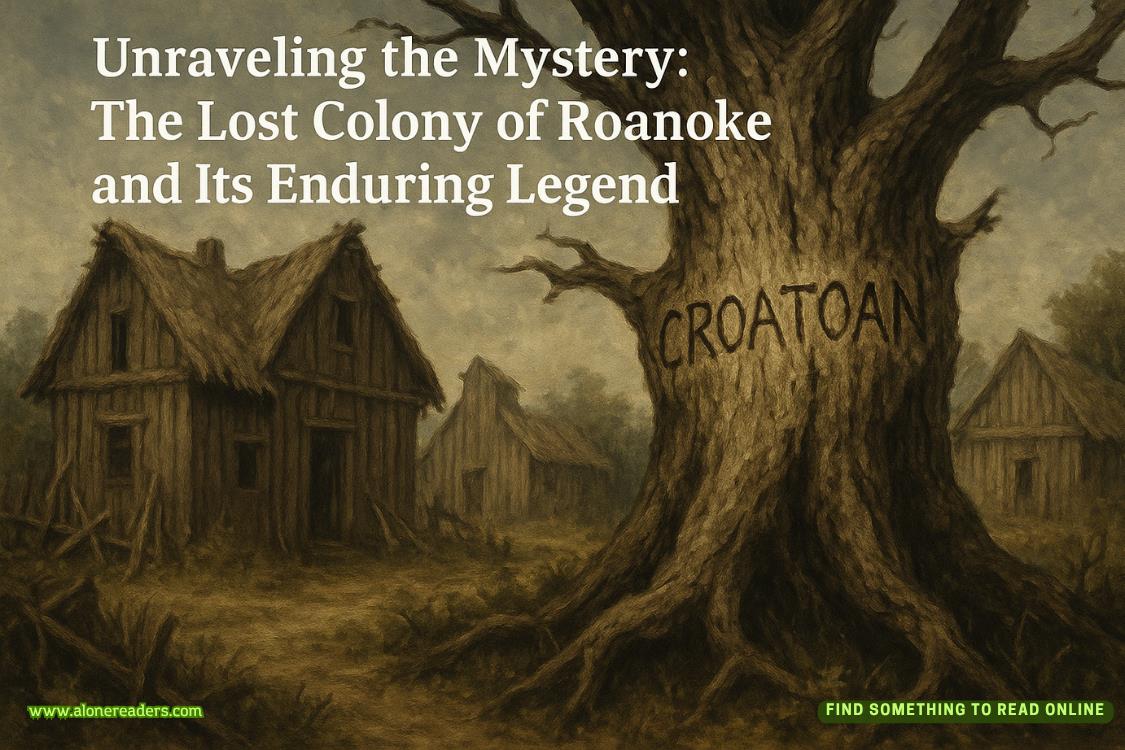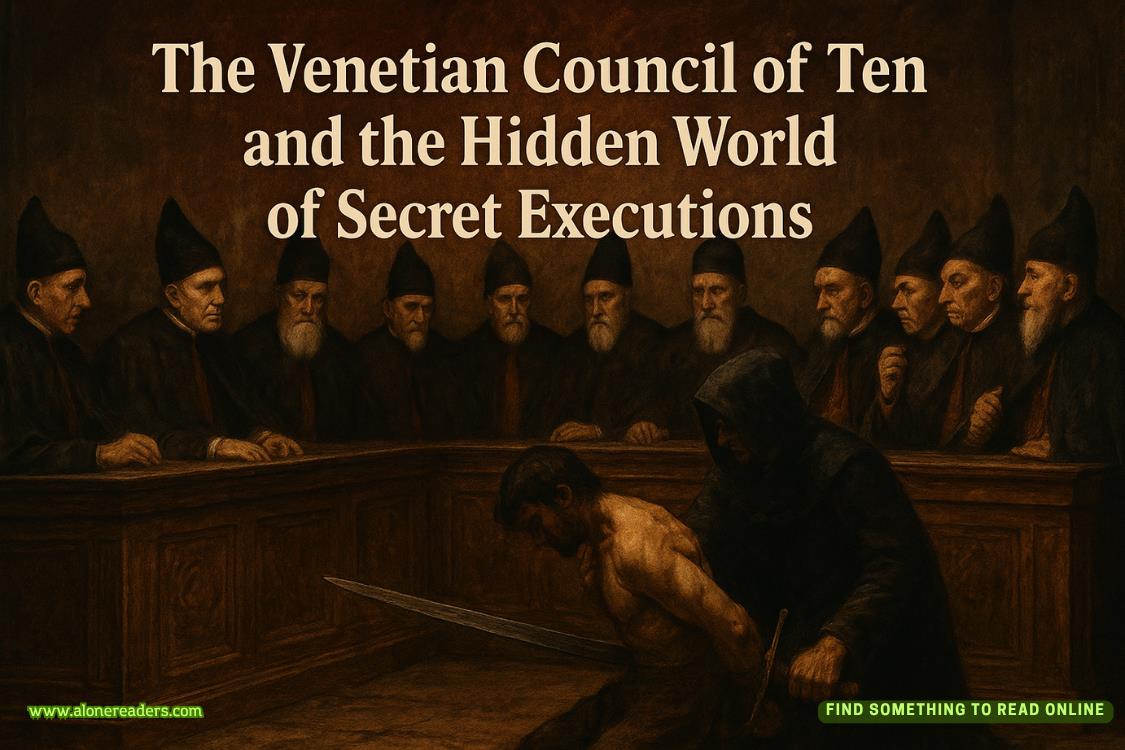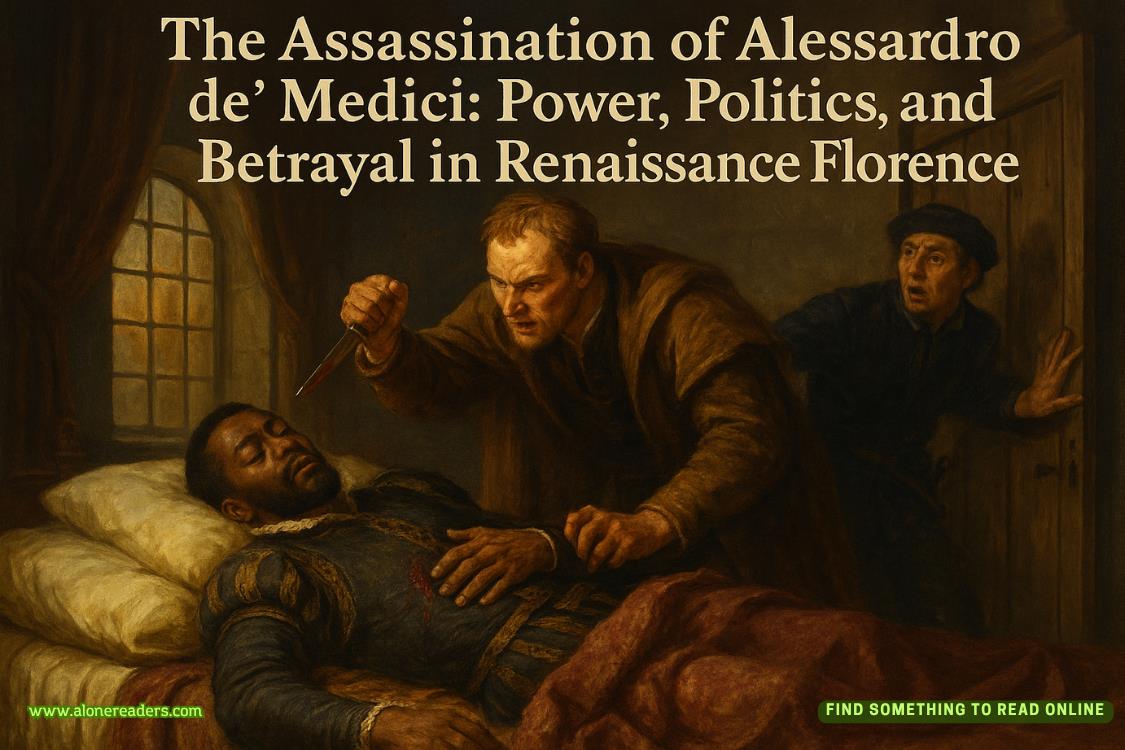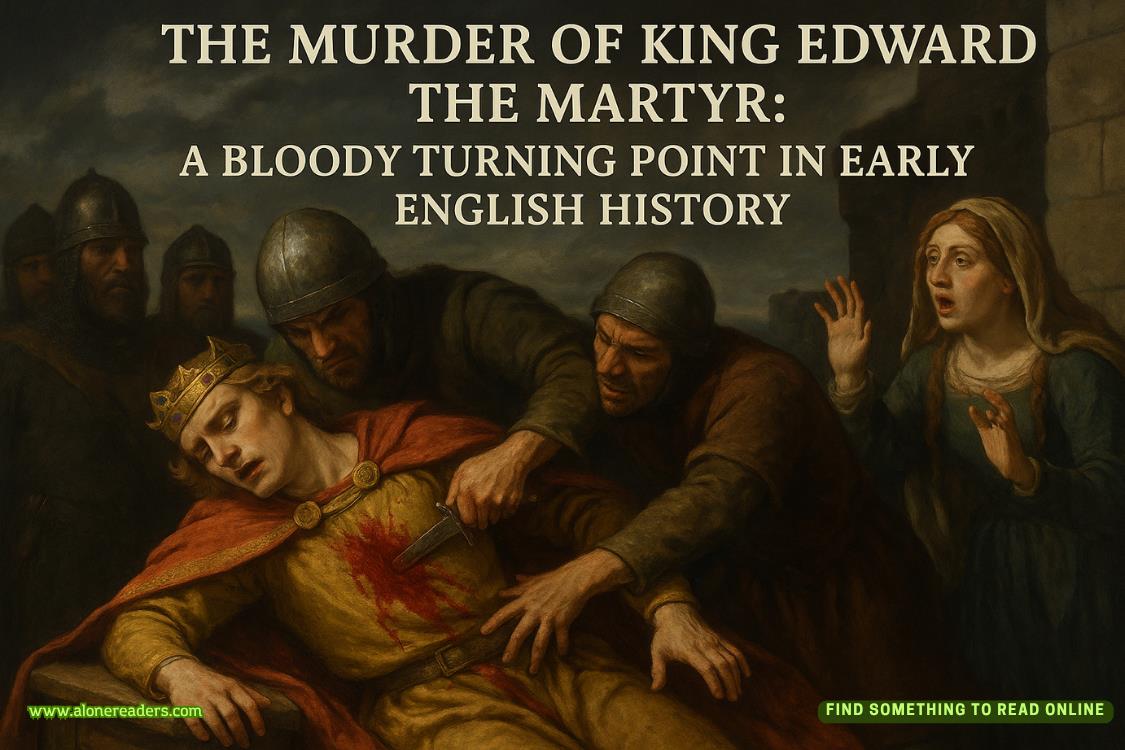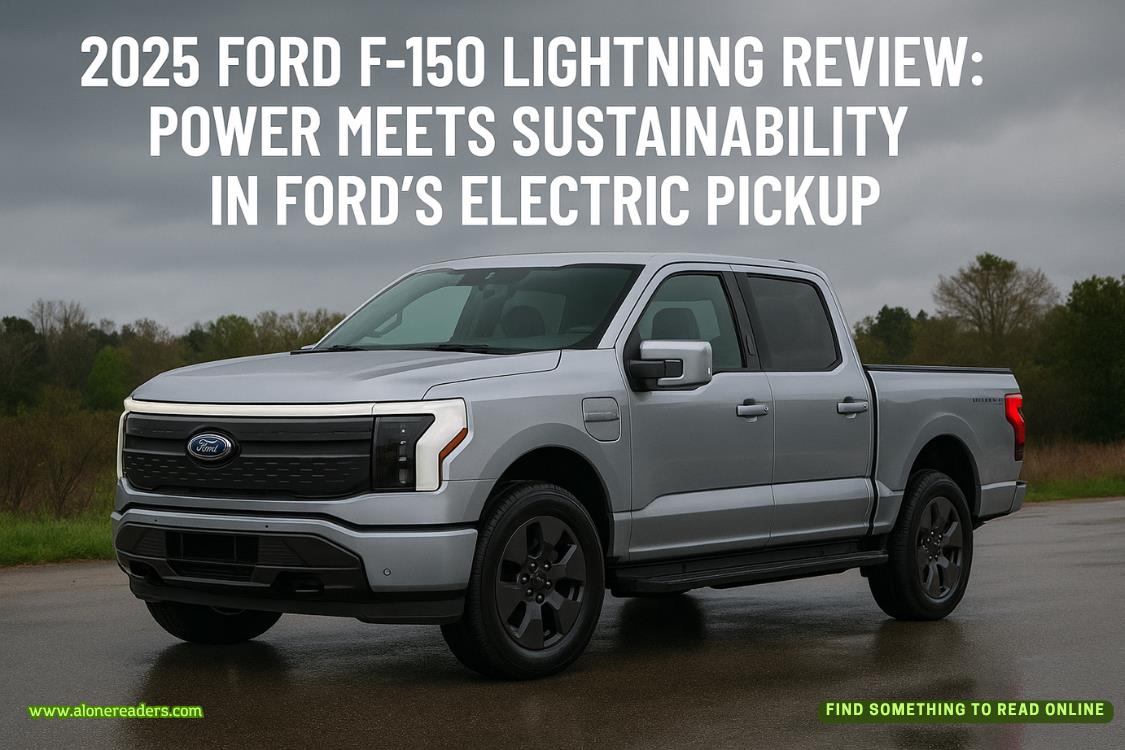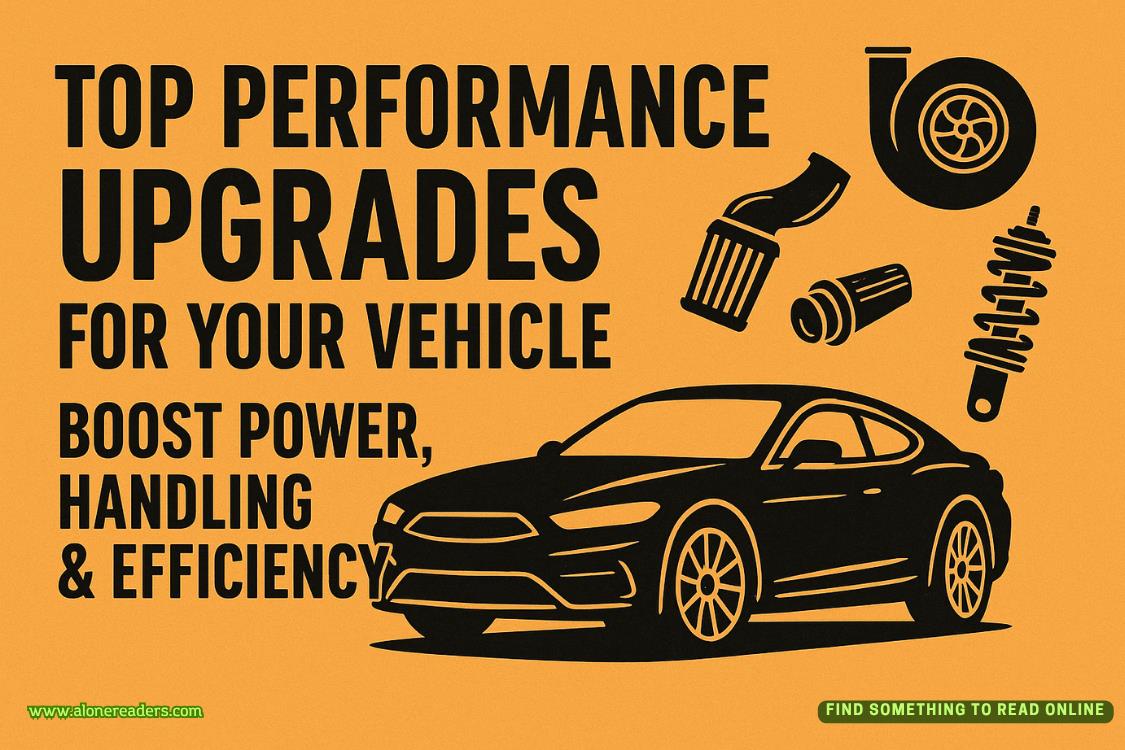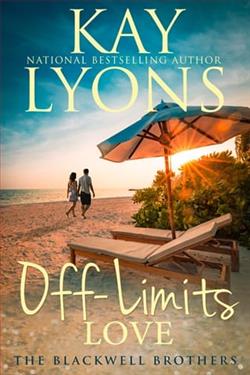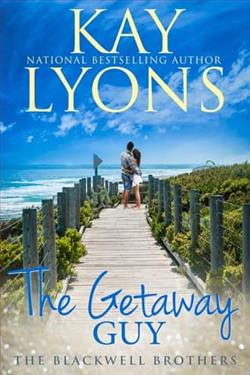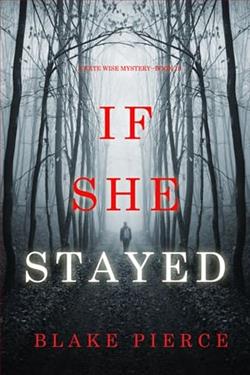Page 69 of Just One Day (Just One Day 1)
Eventually, we wind up in a small Chinatown. It’s closed up for the night, but the signs are all lit up.
“Look,” I say to Willem, pointing to one. “It’s double happiness.”
Willem stops and looks at the sign. His face is beautiful, even reflected in the bright neon glow.
“Double happiness.” He smiles. Then he takes my hand.
My heart somersaults. “Where are we going?”
“You never got to see any art.”
“It’s one in the morning.”
“It’s Paris!”
We wend deeper into Chinatown, cutting up and down the streets until Willem finds what he’s looking for: a series of tall, dilapidated buildings with barred windows. They all look the same except for the building on the far right; it is covered in red scaffolding from which hangs a series of very modern, very distorted portraits. The front door is completely covered in colorful graffiti and flyers.
“What is this place?”
“An art squat.”
“What’s that?”
Willem tells me about squats, abandoned buildings that artists or musicians or punks or activists take over. “Usually, they’ll put you up for the night. I haven’t slept here, but I’ve been inside once, and they were pretty nice.”
But when Willem tries the heavy steel front door, it’s locked and chained from the outside. He steps back to look at the windows, but the whole place, like the surrounding neighborhood, is tucked in for the night.
Willem looks at me apologetically. “I thought someone would be here tonight.” He sighs. “We can stay with Céline.” But even he looks less than thrilled at that prospect.
I shake my head. I would rather walk all night in the pouring rain. And, anyway, the rain has stopped. A thin sliver of moon is dodging in and out of the clouds. It looks so fundamentally Parisian hanging over the slanting rooftops that it’s hard to believe this is the same moon that will shine in my bedroom window back home tonight. Willem follows my gaze up to the sky. Then his eyes lock on something.
He walks back toward the building, and I follow him. Along one corner, a piece of scaffolding runs up to a ledge that leads to an open window. A curtain billows in the breeze.
Willem looks at the window. Then at me. “Can you climb?”
Yesterday I would’ve said no. Too high. Too dangerous. But today I say, “I can try.”
I sling my bag over my shoulder and step onto the ladder Willem has made with the loop of his hands. He heaves me halfway up, and I get a foothold in a groove in the plaster and use the scaffolding to get myself to the ledge. I sort of belly-slide across it and grab at the spiral railings by the window, heaving myself through headfirst.
“I’m okay!” I call. “I’m fine.”
I poke my head out the window. Willem is standing just below. He has that private little half smile again. And then as effortlessly as a squirrel, he shimmies up, steps upright onto the ledge, crosses it with his arms out like a tightrope walker, bends his knees, and slips into the window.
It takes a minute for my eyes to adjust to the darkness, but once they do, I see white everywhere: white walls, white shelves, white desk, white clay sculptures.
“Someone left us a key,” Willem says.
We are both quiet. I like to think it’s a moment of thanksgiving for the providence of accidents.
Willem pulls out a small flashlight. “Shall we explore?”
I nod. We set off, examining a sculpture that looks like it’s made of marshmallows, a series of black-and-white photos of naked fat girls, a series of oil paintings of naked skinny girls. He shines the flashlight around a giant sculpture, very futuristic, metal and tubes, all twisted and turning, like an artist’s rendition of a space station.
We pad down the creaking stairs to a room with black walls and enormous photographs of people floating in deep blue water. I stand there and can almost feel the soft water, the way the waves caress when I sometimes go swimming in Mexico at night to escape the crowds.
“What do you think?” Willem asks.
“Better than the Louvre.”
